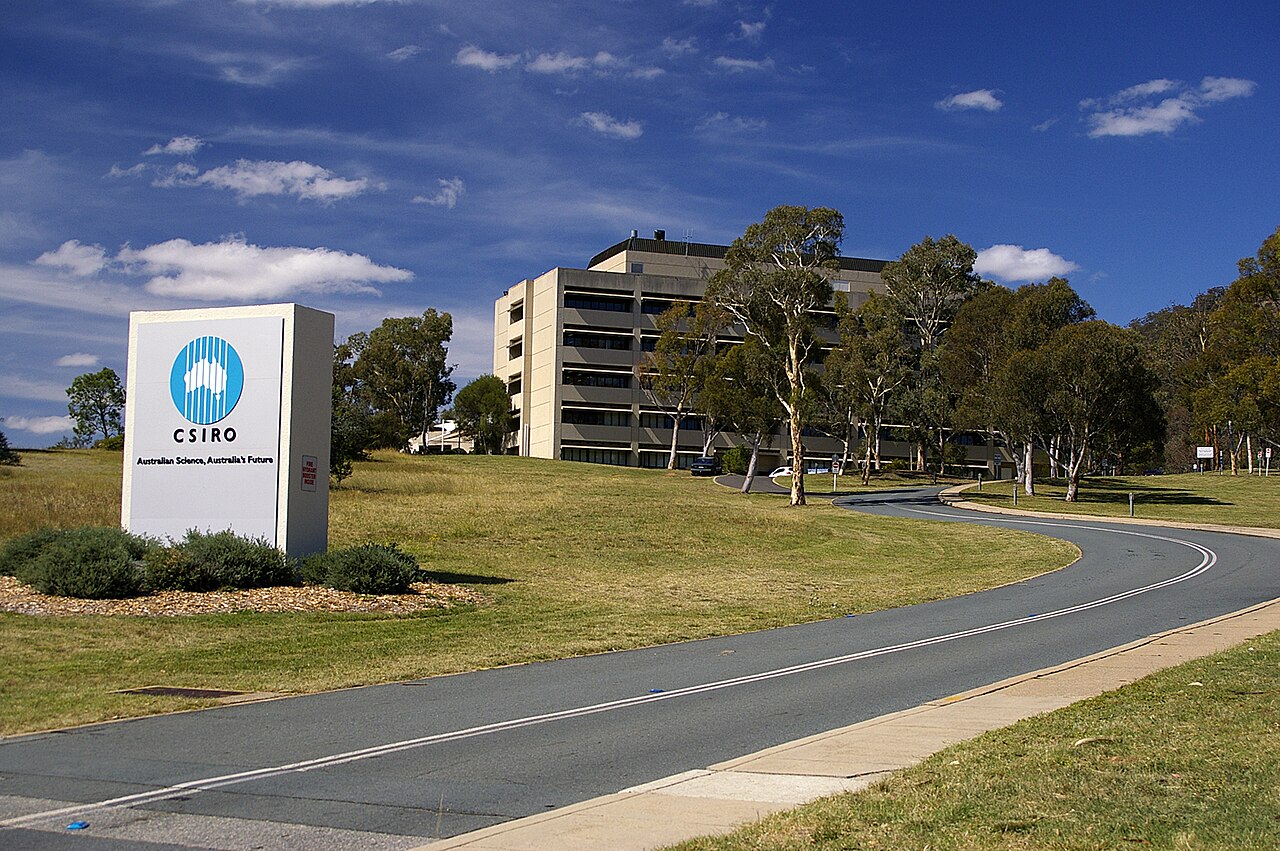I’m not sure if there’s a punchline, instead just a rather alarming answer. A couple of days ago, over on the other side of the world, Larry Marshall, the chief executive of Australia’s government agency for scientific research, made a disturbing announcement. Australia’s national science agency, CSIRO (the Commonwealth Scientific and Industrial Research Organisation) is to face a further 350 job losses (over 5% of its workforce) over the next two years. Primarily these losses look to be from the Oceans and Atmosphere division, affecting ongoing work on monitoring and predicting the Earth’s climate.
The job losses themselves are a huge blow for Australian and global climate research, and give the impression that the current Australian regime are perhaps not totally committed to upholding their end of the Paris agreement. This doesn’t say much, given that the Australian commitments were widely derided for being pretty weak in the first place.
So why is CSIRO’s current work important? Taking just one example, CSIRO plays a key role in monitoring the current state of the atmosphere, positioned as it is in one of the few countries in the Southern Hemisphere with well-developed scientific infrastructure. The Cape Grim atmospheric monitoring station in Tasmania, has been recording levels of southern hemisphere greenhouse gases for the last 40 years. The station mostly receives air that has travelled over the southern ocean free from pollution sources, thus providing a key record of southern hemisphere background levels of various atmospheric constituents. It’s basically the southern hemisphere equivalent of the Mauna Loa station in Hawaii which is regularly used as the key yardstick for northern hemisphere background levels.
Long term records like this are kind of pretty important, not just for scientific investigation, but also as an aid to public outreach. Anyone could look at these graphs of Cape Grim data for the three most abundant greenhouse gases, and pick up the take home message: they’ve all been increasing since the 1970s.
The point is that the Cape Grim measurements have played a key role in our understanding of the changes in the atmosphere over last 40 years, and should continue to do so into the future. Except maybe they won’t. If reports are to be believed it’s exactly this type of infrastructure that is under threat. Reportedly 100 people are to be unceremoniously thrown out to pasture from the Oceans and Atmosphere division, leaving just 30 left. Such a remarkably high turnover will have an inevitable effect on the quality of continuing work, not to mention quantity.
Perhaps that is what the current government in Australia want though. Less data might create more uncertainty, giving them a justification to do even less about it. But, even that view has previously been countered by the Cabot Institute’s Richard Pancost and Stephan Lewandowsky who explained why more uncertainty is no excuse for doing nothing.
Alternatively, you could take the opinion that maybe it’s not the Australian government’s responsibility to directly fund this sort of research. But, these sort of long-term records require secure long-term funding, the like of which are not found in the competitive world of academia. It’s no good chopping and changing grants every 3 years, funding different universities for different stations. There would be no consistency in the record, and suddenly any increases you see might be more attributable to a change in location than a real-world signal.
Perhaps the most alarming aspect of this is the misleading justification for the cuts, by saying that the question of global climate change has been answered. Sure, there is a consensus that human activities are affecting our climate, but that’s like saying there’s a consensus that it will rain tomorrow. It leaves questions unanswered, such as where and when?
Actually, to make matters worse the CEO added that “after Paris” the question of global climate change had been answered. Hold on, since when was it a group of politicians who were to decide whether large-scale global environmental change was happening or not? And haven’t we known about this for a good deal longer than the last three months?
Ignoring these inaccurate attempts to justify the decision, a better explanation is found in Marshall’s stated goal to make CSIRO more focused on innovation and commercialisation. The problem is, that monitoring the current state of the oceans and atmosphere or predicting its long-term future just isn’t a great commercial venture. It’s the sort of research that takes in a fair bit of funding, but doesn’t seem to offer any immediate financial return. Telling Joe Banker the world will be 2 °C warmer in 100 years isn’t going to cause the stock market to rise or fall.
That seems to contrast with weather prediction, which seems to be a profitable business. A quick look at the UK Met Office financial statements reveals over £220m in revenue in the last financial year. Admittedly most of this is from government contracts (a case of moving money round departments), but over 10% is from commercial revenue, whether that be aviation, or maybe supermarkets wanting to know whether to stock barbecues at the weekend or not. Losing the BBC contract may have been a PR disaster, but financially it was clearly not the worst thing that could have happened.
The point is that weather prediction pays. It’s a short-term prediction that is easily evaluated, allowing people to judge the value for money it gives.
Is there some way we can put a similar value on climate monitoring and prediction? I suspect not, given it would run against scientific principles of openness and be much harder to judge its worth. I imagine Larry Marshall came to the same conclusion, but then that really calls into question whether he’s really pulling his weight at CSIRO. You can’t expect all responsibility to make CSIRO profitable to fall on employees who have no entrepreneurial experience.
If more recent reports are to be believed, this move has come as a shock to even the Australian Prime Minister, and so perhaps there is hope that the news of CSIRO’s climate science death are premature. Even so, funding issues are hardly peculiar to Australia, and the question of whether climate science can fit into modern commercial ideals will inevitably keep cropping up across the globe.
It remains to be seen what exactly will happen but severe cuts to CSIRO’s infrastructure and staff will affect not just Australian science, but have global implications as well. The name Cape Grim has always struck me as being slightly ominous, and aptly (or cruelly) its 40th anniversary celebrations were due to take place later this year. Somehow I can’t imagine there will be too many people in the mood for celebrating right now though.








